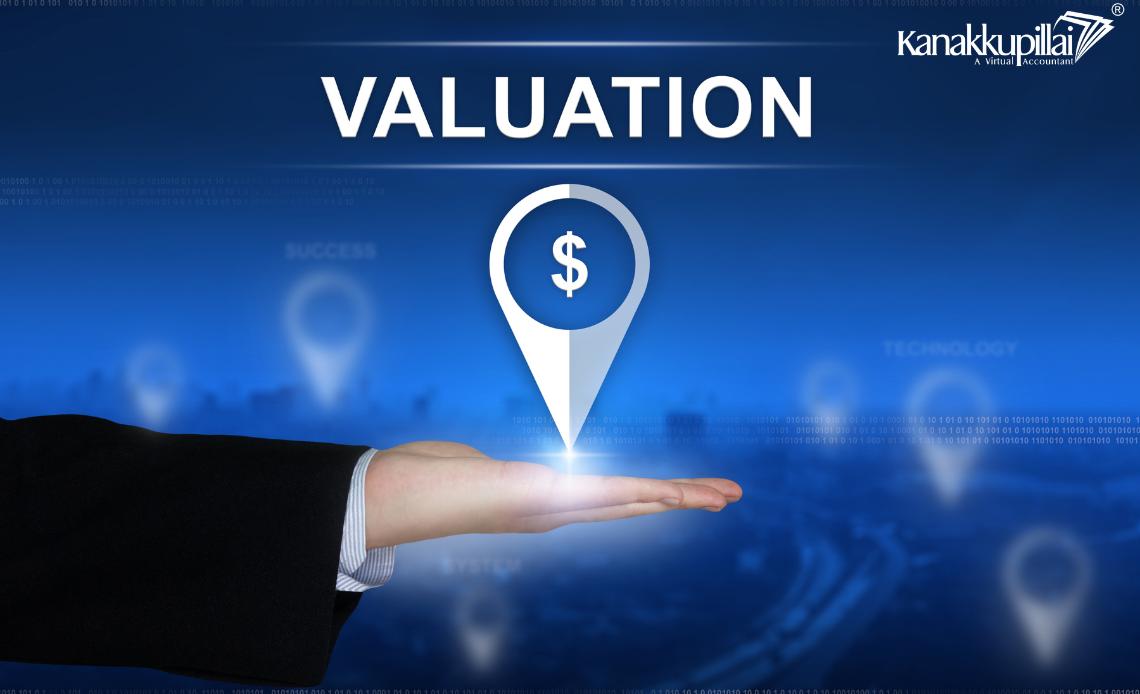Used machinery or Second-hand machinery are often used in many industries, whether it is in manufacturing, real estate development, equipment trading or leasing company maintenance departments. If you are planning to buy, sell, insure or finance used machinery, you must know its fair market value if you don’t want to get taken. It is an absolutely necessary thing to do.
This guide introduces you to aspects of second-hand machinery valuation (as well as key points of pricing), along with methods used for evaluation. It does not promise success in every case, though the precautions outlined here may help increase your chances significantly. Only a workman who knows the value of money is fit to be entrusted with its safekeeping.
Valuation of Second-Hand Machinery
Scientific methods provide valuable assistance to the valuation process. In India, the valuation of second-hand machinery is regulated by certain guidelines. Previously, Circular No. 25/2015: Customs, dated Oct. 15, 2015, provided the framework for valuation. It specified that in the event of second-hand machinery being imported, a report of inspection had to be made. This report could be prepared by a Foreign Chartered Engineer at the loading port. If this were not available, then it might also be obtained from a pre-shipment inspection agency (PSIA) registered by the Director General of Foreign Trade (DGFT) after arrival in India. If a suitable PSIA is not recognized by the DGFT, then a report could be made by a Chartered Engineer empanelled with the Custom House.
Issues Raised by Industry Associations
- The limited number of DGFT-approved PSIAs led to clearance delays.
- Many PSIAs did not have the necessary qualifications to accurately appraise second-hand machinery.
DGFT’s Response
In a memorandum dated September 3, 2019, the following points were made clear:
- It is the main responsibility of the PSIAs to verify that metal scrap shipments are not infected with radioactive or explosive substances.
- Criteria for engineering qualification are not compulsory for PSIAs.
- Only a qualified engineer may determine the age of second-hand machinery.
- PSIAs do not have the authority to certify the age of second-hand machinery.
Procedure of Machinery Valuation
The valuation process takes a structural approach:
- The sale of second-hand machinery must comply with the Customs Valuation Rules, 2007.
- If the requirements for compliance are fulfilled, then the assessable value is calculated from the price of goods.
- Assessable Value = Price of Goods
- Where costs need to be added, for example modernization, refurbishing, dismantling and packing, the provisions of Section 14 Customs Act are consulted.
- If the basis for valuation cannot be found under Rule 3, it is worked out by using a sequence of alternative methods:
- Rules 4 & 5: Resale Data for the same or Similar Goods, although this practice is limited due to a scarcity of such information.
- Rule 7: Resale Data for Similar Products in India, but this is very difficult in practice because second-hand imports are generally used directly rather than immediately sent out for resale.
- Rule 8: Computed value method. This includes production costs, profits and other costs, but it is difficult to use because the machinery is old and has been used.
- Rule 9: Condition of goods, depreciation, refurbishing, dismantling, packing and other possible costs The formula is as follows:
- Assessable Value = Price of Goods + Condition + Depreciation + Refurbishment + Dismantling + Packing + Other Expenses (Including PSIA Charges).
Flow of Assessment
The start of the valuation process is by comparing the declared value given by the importer with an assessing engineer’s report. Also, the declared value is compared with the depreciated values as contained in the November 19, 1987, and January 4, 1988 circulars. Suppose no discrepancies are discovered then valuation proceeds according to Rule 3 of the Customs Valuation Rules 2007. If, however, there are significant differences, then the officer concerned, as provided for under Rule 12, will ask the importer for an explanation. Based on the proof produced, the officer will then decide whether the declared value agrees with Rule 3 or has to be valued in sequence according to Rules 4-9. In this manner, it is possible to carry out the assessment in a clear and meticulous way, ensuring that the value of second-hand machinery is correctly determined so that it is not possible to escape the due tariffs and that there are no discrepancies during customs clearance.
Factors Affecting the Valuation of Second-Hand Machinery
It’s important to understand these factors in order to reach a fair or competitive price.
- Age and Depreciation: The age of the machinery is one of the most important factors in its valuation. Machines depreciate over time due to wear and tear, obsolescence, technological advances, or any number of other reasons–depreciation rates vary with different kinds of machinery, frequency of use and maintenance quality.
- Condition and Maintenance History: A well-maintained machine can fetch a higher valuation than one that has seen poor care. Complete service records, minor or major repairs and replacement of parts; all this information is helpful for getting an accurate estimation of a valuation. Also, the lifetime of machines that have received regular maintenance and use good spare parts will be longer than those that have higher second-hand value.
- Brand and Manufacturer Reputation: Equipment from known manufacturers often maintains Value better than similar beginners’ products. They are associated with reliability, ready availability of spare parts and good performance, which makes them more sought after in the used machinery market.
- Market Demand and Supply: Valuation is heavily influenced by market conditions. If a certain kind of machinery sells quickly but there is little supply, the price will be high. Conversely, if similar used machines abound in the market, prices tend to drop.
- Technological Advancements: Rapid advances in technology spell obsolescence for bored equipment. Machinery that keeps pace with current industry standards and the trend towards automation is likely to command a better valuation than old-fashioned models on sale today. It suits the convenience of buyers–who prefer modern features, higher efficiency rate and must conform to safety regulations of their industry sector.
- Certification and Compliance: Machinery meeting standards set by the industry and governmental regulatory agencies tend to enjoy a better valuation. Certificates from relevant bodies prove that machinery does not endanger its workers or the environment through normal use; its compliance with health and safety regulations at work is also certified.
Conclusion
The valuation of used machinery is a comprehensive matter. By taking into account the age, condition and technology of equipment, both buyers and sellers can ascertain a fair price. Specific Methods such as the market approach, cost approach and income approach ensure correct pricing reflective of true worth.
Furthermore, thorough inspections, market research and professional valuations can make your valuations more accurate. When you turn to conduct a valuation of second-hand machinery as an individual buyer or company that is upgrading its plant and equipment, or when it is a financial institution considering the assessment of its asset value, a well-executed pricing process provides objectivity and ensures financial security.





